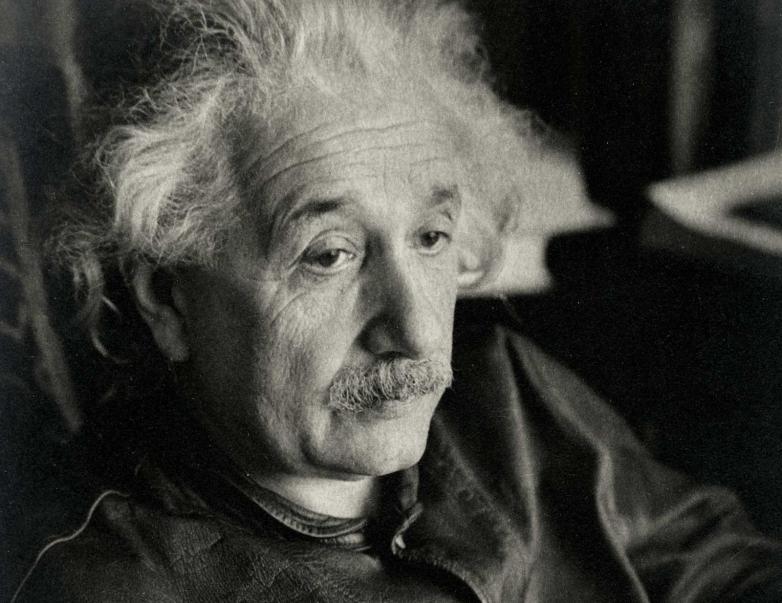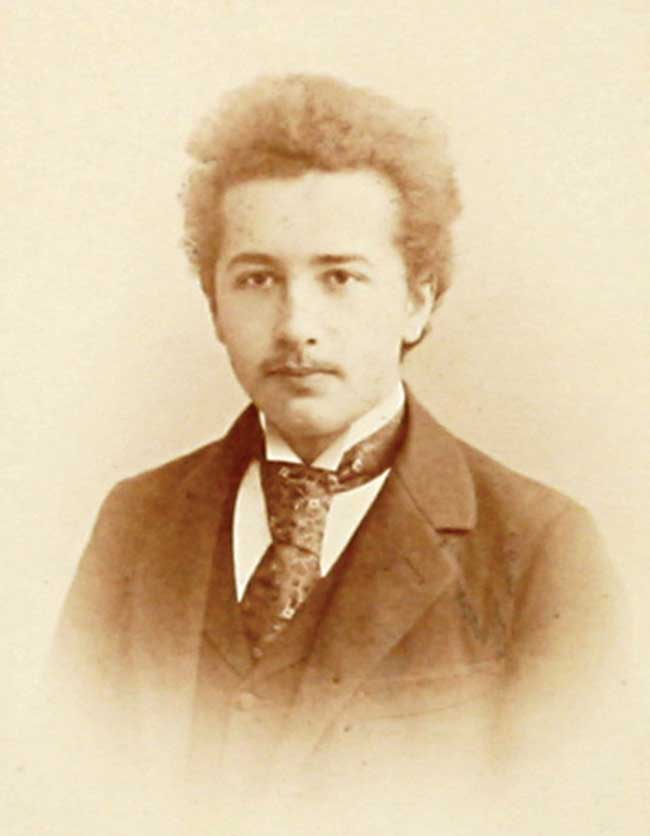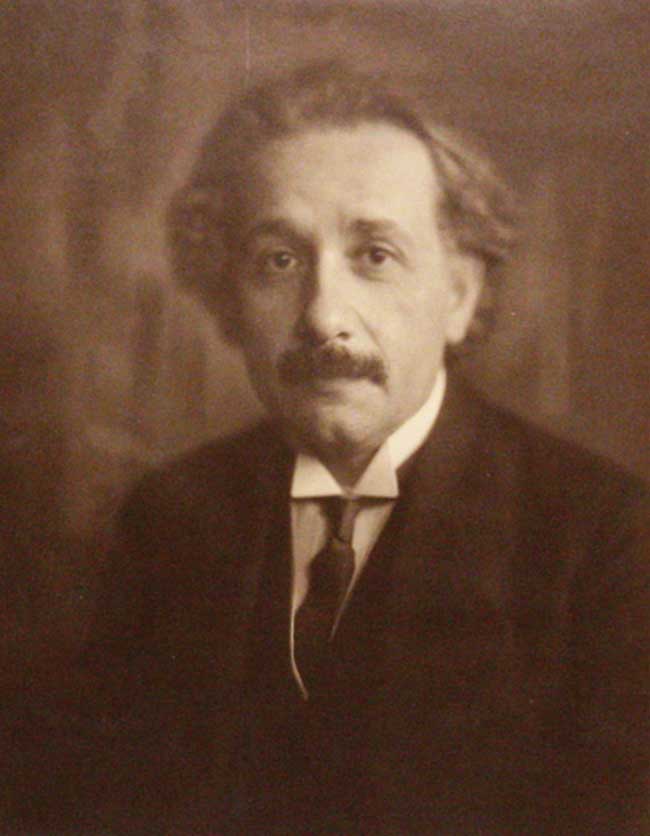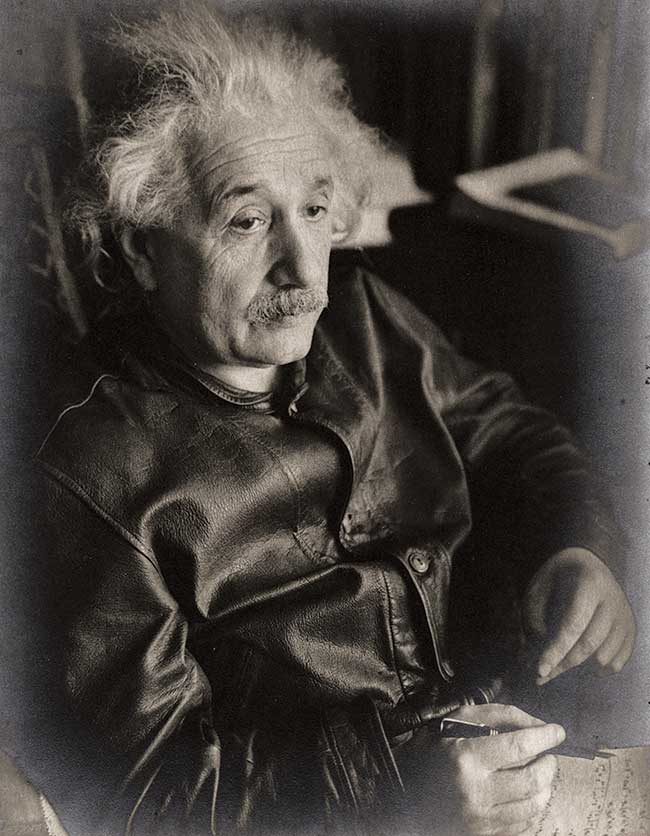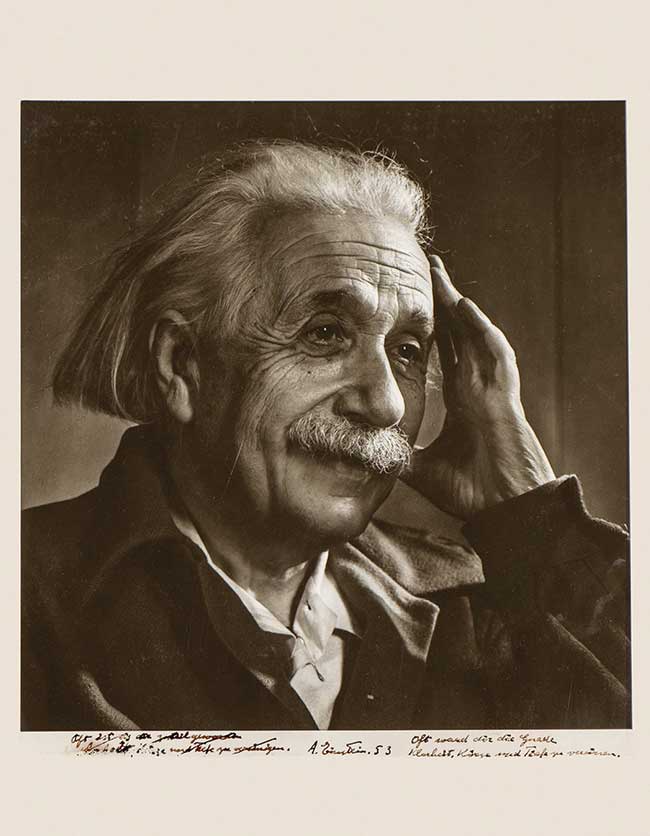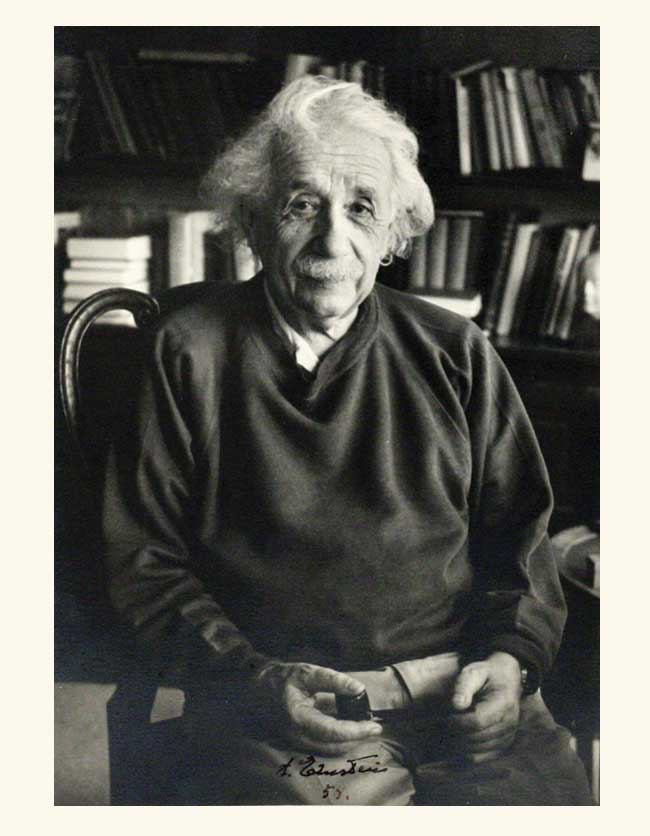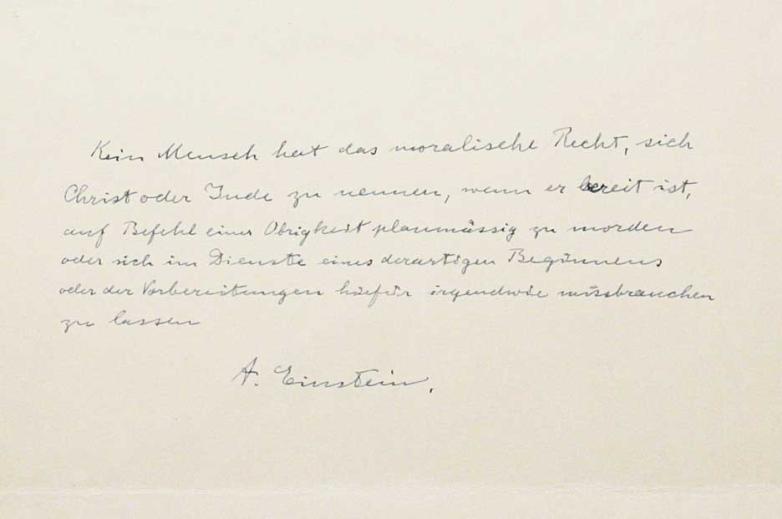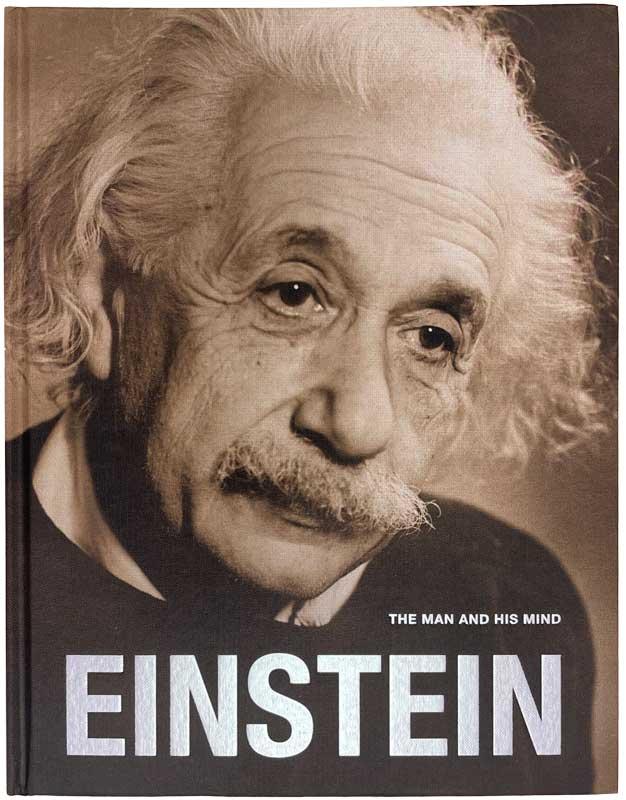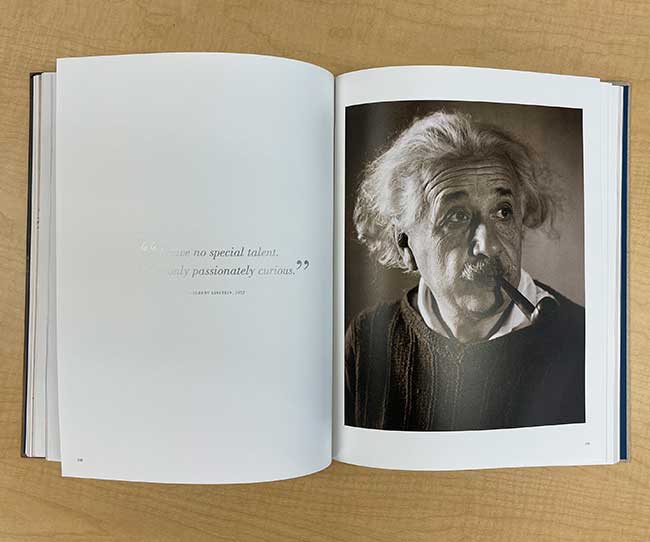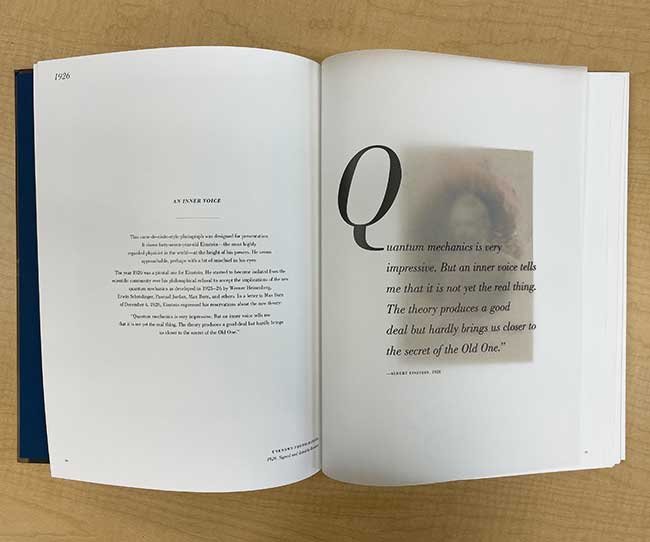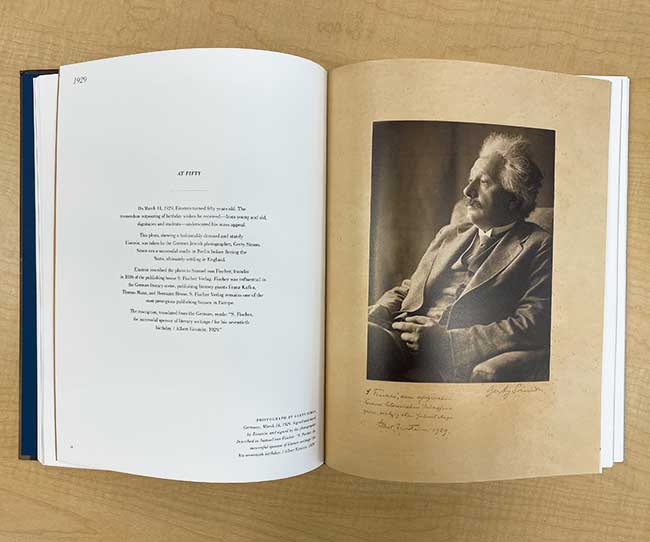Fine Books: Would you say that collecting grew out of the need to learn?
Gary: Absolutely. What I found over the years, like in medicine, was that I always enjoyed writing and publishing. I feel that I achieved mastery over a particular subject if I can write about it. When Michael and I started talking about [writing] a book based on the materials I had collected, that was really a good decision because from that point on, that's when I learned the most about Einstein. We agreed very quickly that we didn't want to write just another book about Einstein. What we wanted to do was feature the photographs because what I saw over the years was that you can really see in these photographs the change in the man as he grows older. It's like a visual biography.
Fine Books: What do you find so compelling about Einstein?
Gary: The ability of a single person to comprehend what the universe is. You know, what makes him different from other people? In his writings, he claimed that he really didn't have any special capabilities. He was just intensely curious, what he called his childlike curiosity. He said that this is what most people lose early in their lives. That constant asking “What is it?” and “Why?” What also fascinates me about Einstein was his basic good character, his opposition to war, and his defense of oppressed people. I mean, he was human, and he had his failings, but I just view him as an amazing person.




